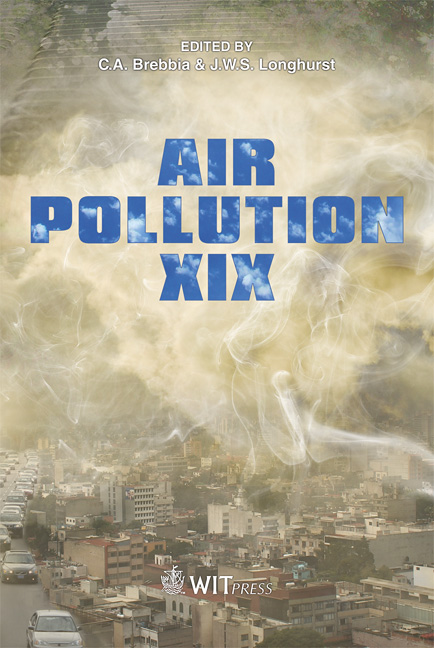A Comparison Study Between Near Roadway Measurements And Air Pollutant Dispersion Simulations Using An Improved Line Source Model
Price
Free (open access)
Transaction
Volume
147
Pages
9
Page Range
37 - 45
Published
2011
Size
1,618 kb
Paper DOI
10.2495/AIR110041
Copyright
WIT Press
Author(s)
R. Briant, C. Seigneur, M. Gadrat & C. Bugajny
Abstract
Gaussian plume models, which are widely used to model atmospheric dispersion, provide an exact analytical solution for line sources, such as roads, only when the wind direction is perpendicular to the road. Some approximations have been developed to provide an analytical formula for a line source when the wind direction is not perpendicular to the road; however, such formulas lead to some error and the solution diverges when the wind direction is parallel to the road. A novel approach that reduces the error in the line source formula when the wind direction is not perpendicular to the road was recently developed. This model, combined with a Romberg integration to account for the road section width, has then been used to simulate NOx concentrations in two large case studies (1371 road sections for the first case study and 100 for the second). NO2, NO and O3 concentrations are then computed using the photostationary-state approximation. Finally, NO2 concentrations were successfully compared with near-roadway measurements made at various locations in the domain area (224 locations for the first case study and 70 locations for the second). Results obtained with a standard model used for regulatory applications, ADMS, are also presented. Keywords: Gaussian plume model, line source, polyphemus, ADMS.
Keywords
Gaussian plume model, line source, polyphemus, ADMS





